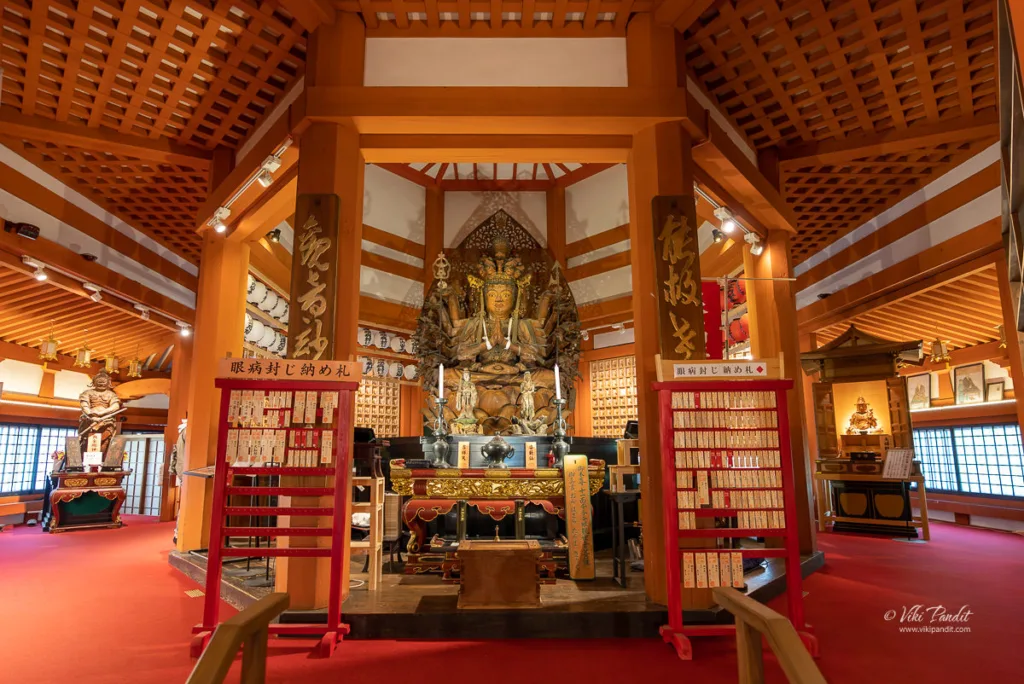Tsubosaka-dera Temple, situated in the serene landscapes of Nara, Japan, is a cultural gem with roots dating back over 1,300 years. Nestled on Mount Yoshino, this heritage site provides a panoramic view of the surrounding mountains and valleys, particularly breathtaking during the cherry blossom season.
Nara

Fall at Nara Deer Park
One of the most amazing places to enjoy fall is at the Nara Deer Park in Nara in Kansai. The lavish park contains many momiji trees that begin to turn red and impart vivid red colors to the area. The roaming deer adds to the already beautiful canvas created by nature.

Photowalk to Ukimido Pavilion
While on my evening walk today, I dropped in at Ukimido Pavilion. Ukimido is a hexagonal gazebo over the Sagiike Pond in an aloof area of Nara Park. During summer evenings the floating pavilion is illuminated and it feels very relaxing sitting in the center of the pond surrounded by enchanting lights.

The moonlit Kofuku-ji Pagoda
I walked down to Kofukuji today in the evening to catch the huge Pagoda with the moon rising behind it. The five-story structure(Gojunoto) is the second tallest Pagoda in all of Japan. Built in 725 AD by the Empress Komyoh and last rebuilt in 1426, it is also a UNESCO World Heritage listed site.

Exploring the Horyu-ji Temple
Hōryū-ji is one of the seven great temples of Nara. Today we investigate the Pagoda at the grounds, said to be one of the oldest standing wooden structures in history. The tree used in the construction of the Pagoda dates back to 594 CE. Can wood even survive that long!

The secret world of Kasugayama Primeval Forest
The Kasugayama Primeval Forest hides many interesting flora in its midst. I go for a hike around the forest to Manyou Botanical Garden discovering an array of colors among the dense prehistoric forest of Nara.

The Ajisai Garden of Hasedera Temple
We pay a visit to the ancient temple of Hasedera where the Ajisai is in full bloom in the monsoon season. The 1300 year old temple is also known as Ajisaidera or Hydrangea Temple, because of the hundreds of hydrangeas splashing the temple gardens in vibrant colors.

Lights of NaraRurie
We go for late night stroll along a path shining with a sea of blue lights. Nararurie referred to as Corridor of Happiness, is held in early spring in Nara. The Park is covered in a beautiful world of azure blue, ushering in happiness into everyone’s lives.

Hike to Uguisuno-taki Falls
Today I went on a hike to Uguisunotaki Falls, into the deep end of the Kasugayama Forest, surrounded by tall Pines, where even the Sun doesn’t dare to peep through.
